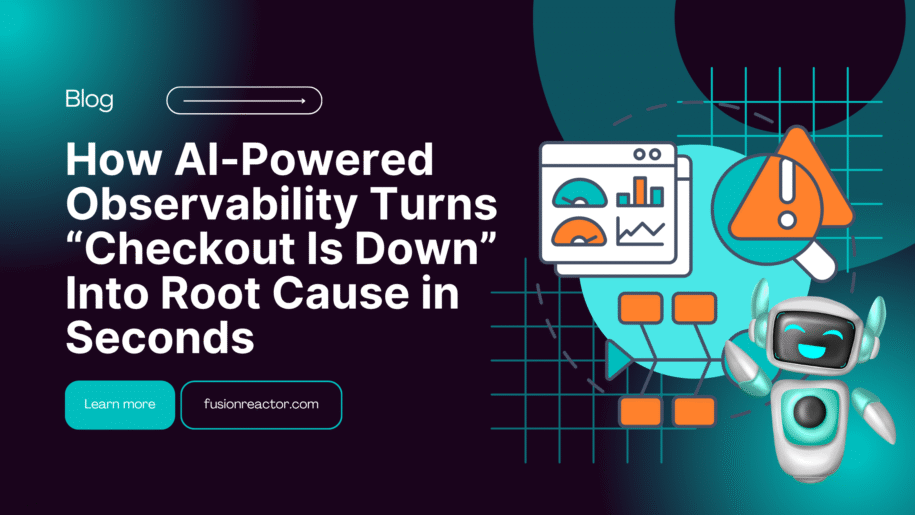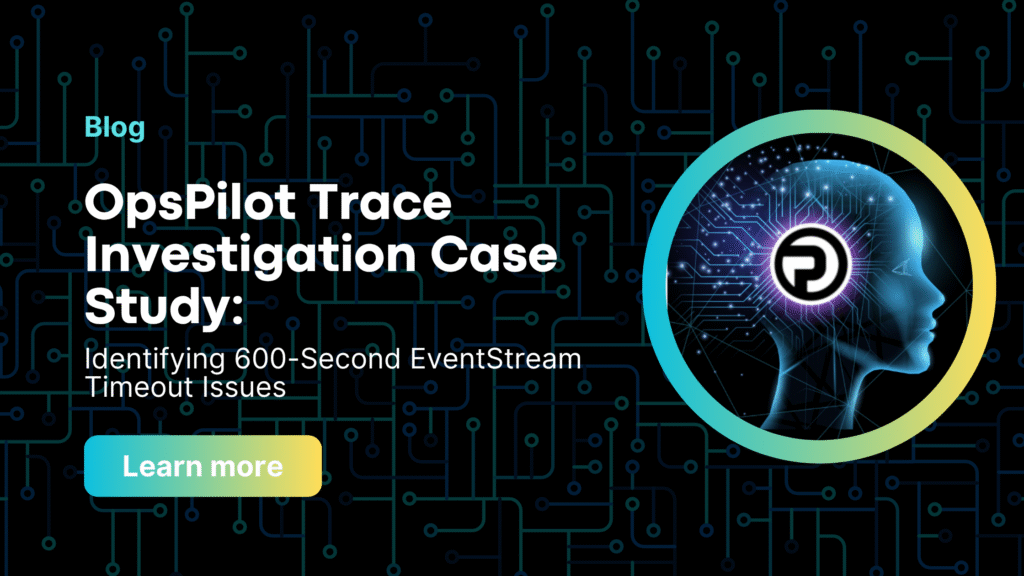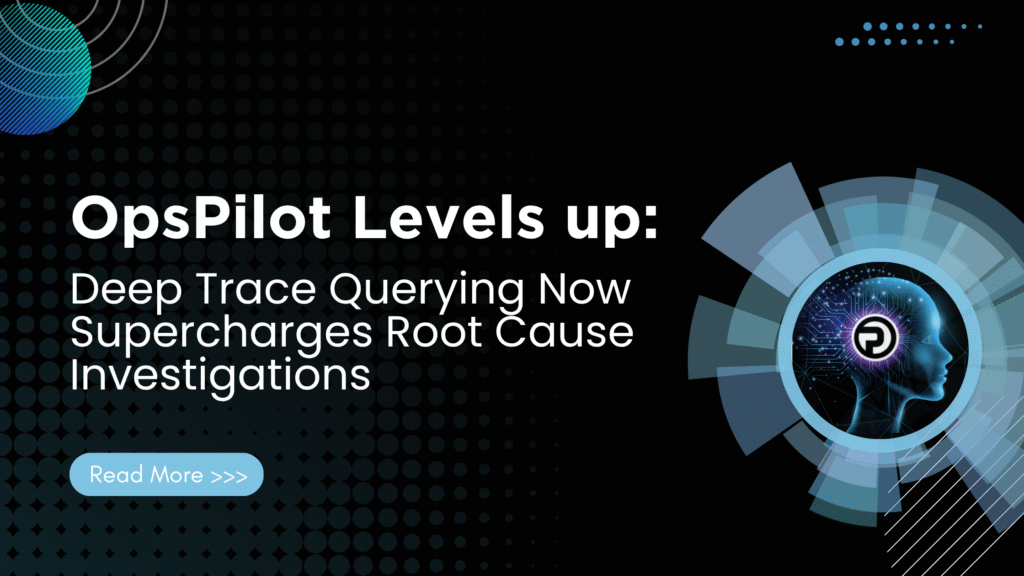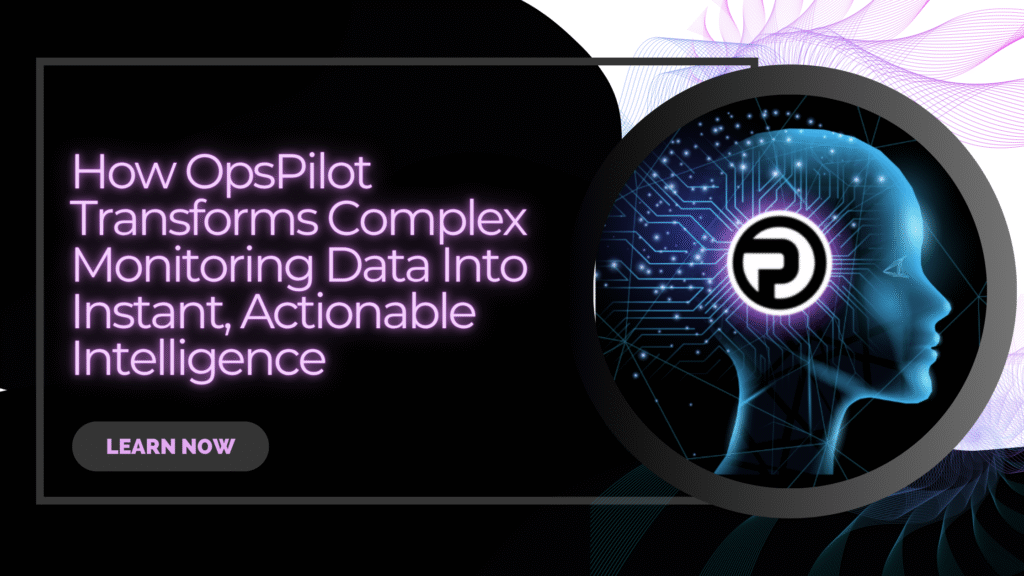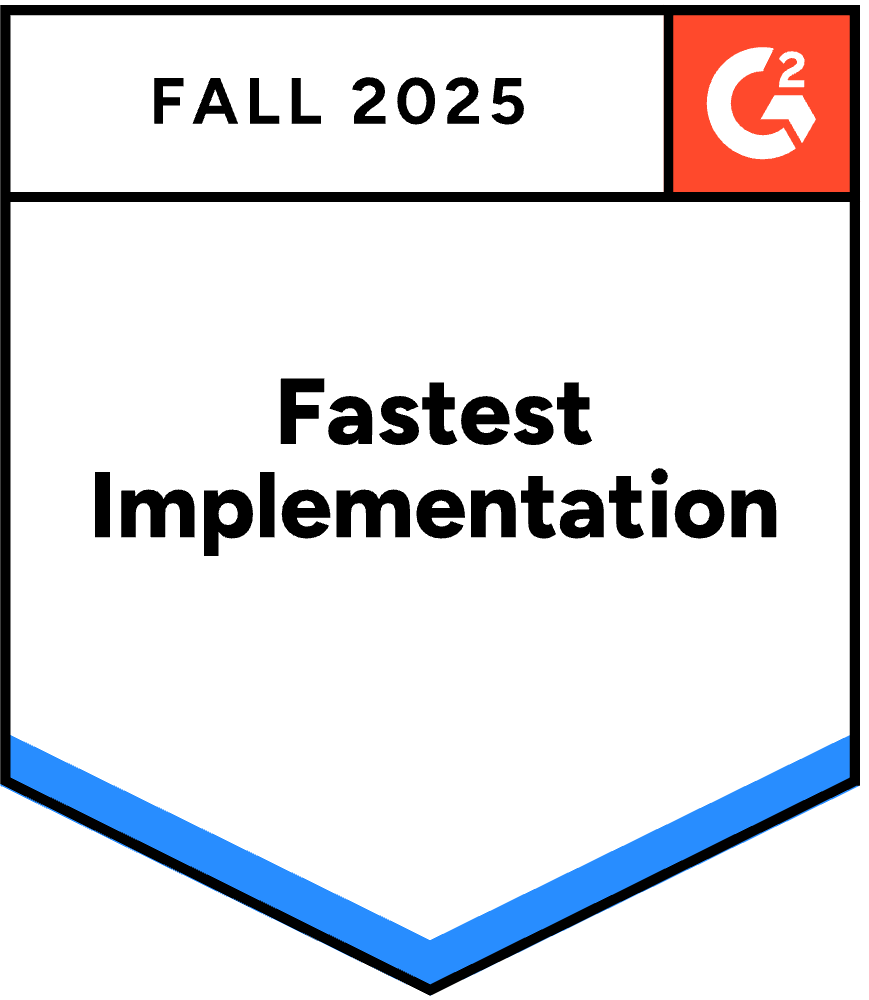When your checkout fails at 2 AM, do you want an alert or an answer?
Traditional monitoring tools excel at telling you something is wrong. They’ll send alerts, show red dashboards, and spike your error rate graphs. But they leave the hard part—the actual investigation—entirely to you.
That changes with AI-powered observability intelligence.
The Traditional Troubleshooting Journey
Let’s walk through what typically happens when checkout breaks:
2:03 AM – PagerDuty alert: “Checkout service error rate: 100%”
2:05 AM – You open your APM dashboard, see error spikes across multiple services
2:10 AM – Start examining traces manually, one by one
2:25 AM – Realize the payment service is involved
2:40 AM – Finally identify the MySQL connection error buried in trace details
2:50 AM – Begin mitigation
Time to root cause: 47 minutes (and that’s if you’re experienced and caffeinated)
The AI-Powered Observability Approach
Here’s the same scenario with OpsPilot, an AI observability intelligence platform that translates OpenTelemetry data into actionable insights:
Question: “Can you check if checkout had any issues in the last hour please?”
OpsPilot Response:
🚨 Checkout Service Issues Detected
Key Finding: The checkout service has been experiencing consistent errors in the last hour, with 2 errors occurring in every transaction.
📊 Issue Summary
Status
Finding
Impact
❌ Errors Detected
Consistent payment processing failures
All checkout requests failing
🔍 Root Cause
MySQL database connectivity issue
Complete transaction failure
⚠️ Pattern
2 errors per trace consistently
100% error rate for checkout operations
🔍 Detailed Analysis
The detailed trace analysis reveals the specific error:
Failed to store transaction: getaddrinfo ENOTFOUND mysql
💥 Error Details
Component
Error Type
Message
Payment Service
Database Connection
getaddrinfo ENOTFOUND mysql
Checkout Service
Payment Processing
failed to charge card: could not charge the card
Frontend
gRPC Error
13 INTERNAL: failed to charge card
📈 Request Flow Analysis
The error propagates through the system as follows:
Frontend → Checkout service (gRPC call)
Checkout → Payment service (charge card)
Payment → MySQL database (store transaction) ❌ FAILS HERE
Error propagates back through the chain
💡 Immediate Action Required
Primary Issue: MySQL database connectivity from the payment service
The payment service cannot resolve the MySQL hostname
This suggests a DNS resolution or network connectivity problem
All checkout operations are blocked until this is resolved
Recommended Steps:
Check MySQL service availability and DNS resolution
Verify network connectivity between payment service and MySQL
Review MySQL service configuration and endpoints
Monitor for service recovery once connectivity is restored
Time to root cause: 120 seconds
Why This Matters: The Cost of Traditional Monitoring
The Hidden Costs of Manual Investigation
Time Costs:
- Average incident investigation: 30-45 minutes
- Senior engineer hourly rate: $100-200
- Cost per incident investigation: $50-150
Opportunity Costs:
- Engineers context-switching from planned work
- Delayed feature development
- Cognitive load and burnout
Business Costs:
- Downtime extends while teams investigate
- Revenue loss during outages
- Customer trust erosion
For a SaaS company experiencing 50 production issues per month:
- Traditional approach: 25-37 hours of investigation time
- AI-powered approach: 10 minutes of investigation time
- Time saved: ~25 hours per month per engineer
What Just Happened? The Anatomy of AI-Powered Investigation
Traditional APM tools give you data. AI observability intelligence gives you understanding. Here’s what OpsPilot did automatically:
1. Contextual Analysis
Instead of showing raw metrics, OpsPilot understood the business context: “checkout issues” means examining the entire checkout flow, not just one service.
2. Intelligent Trace Correlation
OpsPilot analyzed 20+ traces automatically, identified consistent patterns (2 errors per transaction), and recognized this wasn’t random—it was systemic.
3. Causal Chain Reconstruction
Rather than just flagging errors, OpsPilot traced the failure backward through the service mesh:
- Frontend sees gRPC errors
- Checkout service reports payment failures
- Payment service can’t reach MySQL
- Root cause: DNS resolution failure for MySQL hostname
4. Impact Assessment
OpsPilot doesn’t just report technical errors—it translates them into business impact:
- Availability: Down
- Error Rate: 100%
- User Impact: Critical – No orders can be completed
5. Actionable Recommendations
The response doesn’t end at diagnosis. It provides prioritized troubleshooting steps based on the specific failure mode identified.
From OpenTelemetry Data to Operational Intelligence
Modern applications generate massive amounts of telemetry data through OpenTelemetry:
- Distributed traces across microservices
- Metrics from hundreds of components
- Logs from every service instance
The challenge isn’t collecting this data—it’s making sense of it quickly when things go wrong.
What Makes AI Observability Different
Traditional APM:
- Shows you where errors occurred
- Visualizes performance metrics
- Requires manual correlation and analysis
AI Observability Intelligence:
- Explains why errors occurred
- Identifies root causes automatically
- Provides remediation guidance
- Speaks in business terms, not just technical jargon
Real-World Applications Beyond Incident Response
While incident response is compelling, AI-powered observability intelligence extends far beyond emergency troubleshooting:
Performance Optimization
“Why is checkout slower this hour compared to last Tuesday?”
- Automatically compares baseline performance
- Identifies deviations and explains causes
- Surfaces optimization opportunities
Capacity Planning
“Which services are approaching resource limits?”
- Analyzes trends across time periods
- Predicts capacity issues before they cause outages
- Prioritizes infrastructure investments
Deployment Validation
“Did the latest deployment introduce any regressions?”
- Compares pre/post-deployment metrics
- Identifies new error patterns
- Validates performance assumptions
Cost Optimization
“Which services are generating the most observability data?”
- Identifies noisy services
- Recommends sampling strategies
- Optimizes telemetry collection costs
The Technical Foundation: How It Works
OpsPilot combines several advanced capabilities:
1. Semantic Understanding of Distributed Systems
Modern LLMs understand the relationships between microservices, databases, message queues, and other components. This allows OpsPilot to reason about how failures propagate through complex architectures.
2. Pattern Recognition Across Traces
By analyzing multiple traces simultaneously, OpsPilot identifies patterns that would take humans hours to spot:
- Consistent error counts
- Temporal correlations
- Service dependency failures
3. Contextual Prioritization
Not all errors are equal. OpsPilot understands which failures are symptoms vs. root causes, focusing the investigation on actionable findings.
4. Natural Language Interface
Teams can ask questions in plain English, rather than learning complex query languages or navigating dashboards.
Implementation: What Does Adoption Look Like?
Requirements
- OpenTelemetry instrumentation (or willingness to add it)
- Existing observability data pipeline
- Team buy-in for AI-assisted troubleshooting
Integration Approach
- Connect your telemetry backend – OpsPilot works with your existing OpenTelemetry data
- No code changes required – Leverage existing instrumentation
- Start asking questions – Natural language interface requires no training
Team Impact
- SREs/DevOps: Faster incident resolution, reduced toil
- Developers: Self-service production debugging
- Leadership: Visibility into system reliability and costs
The Future of Observability Is Conversational
The shift from dashboards to dialogue represents a fundamental change in how teams interact with production systems.
Instead of:
- Opening multiple dashboard tabs
- Writing complex queries
- Manually correlating data sources
- Context-switching between tools
Teams simply ask:
- “Why is checkout slow?”
- “What changed in the payment service?”
- “Are there any emerging issues I should know about?”
This isn’t about replacing existing tools—it’s about adding an intelligence layer that makes your observability data accessible to everyone, not just the experts who know exactly which dashboard to check.
Getting Started with AI-Powered Observability
If your team is drowning in alerts but starving for insights, AI observability intelligence might be the missing piece.
Signs you’re ready:
✅ You have OpenTelemetry instrumentation (or metrics/logs/traces)
✅ Incident investigations take too long
✅ Only senior engineers can debug production effectively
✅ You’re spending more time investigating than fixing
What to evaluate:
- How quickly can it identify root causes in your environment?
- Does it explain findings in terms your team understands?
- Can it handle your system’s complexity and scale?
- Does it provide actionable recommendations?
Conclusion: From Reactive to Proactive Operations
The example we walked through—identifying a MySQL DNS resolution failure in seconds—represents more than just faster troubleshooting. It represents a fundamental shift in how teams operate production systems.
When your observability platform can explain why something broke, trace causation chains automatically, and recommend specific fixes, you’re no longer just reacting to incidents. You’re building organizational knowledge that makes every future incident faster to resolve.
The goal isn’t to replace human expertise—it’s to amplify it. Let AI handle the tedious investigation work so your engineers can focus on what they do best: building and improving systems.
The question isn’t whether AI will transform observability. The question is whether your team will be ready when 2 AM comes calling.
About OpsPilot
OpsPilot is an AI-powered observability intelligence platform that is currently available only in FusionReactor, which translates OpenTelemetry data into actionable insights. Built for DevOps, SRE, and platform engineering teams managing complex distributed systems, OpsPilot provides continuous monitoring and intelligent recommendations that help teams identify, understand, and resolve production issues faster.
Interested in seeing how OpsPilot works with your observability data? Get a free trial or schedule a demo.

